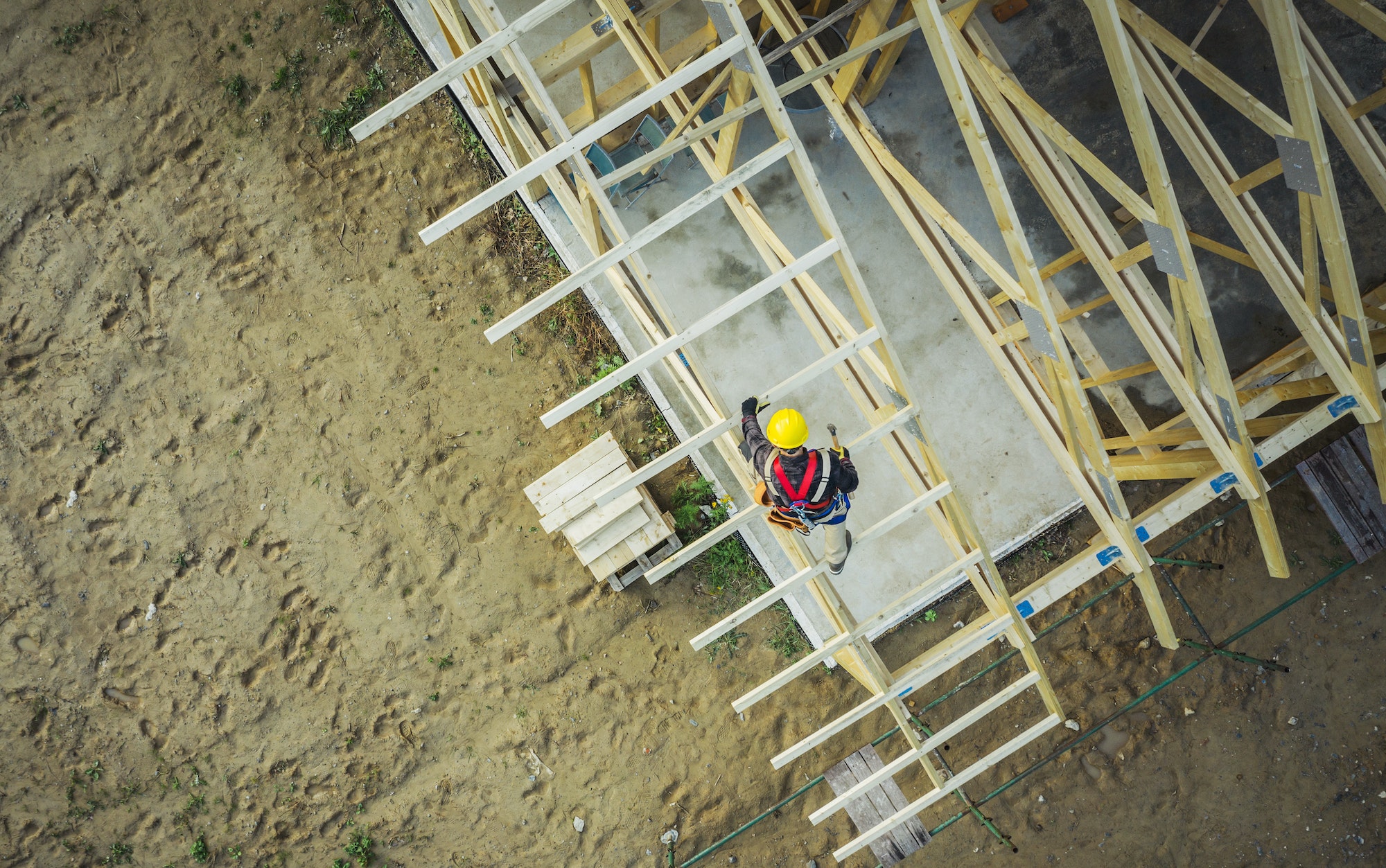The popularity of rooflights is on the rise. Not only do they add a touch of elegance to your home, but they also provide natural light to small and dark areas. However, probably their most important advantage is the amount of money they can save you on your utility bills.
To reap these benefits, you must do the necessary maintenance. It is especially crucial when you live in an area with high amounts of traffic, dust, grime, or extreme weather conditions.
As a homeowner, knowing how to clean your rooflights and prevent them from falling into disrepair is essential. This way, you can continue to enjoy the benefits they offer well into the future.
This post provides all the information you need about cleaning and maintaining your OptiLight roof windows, skylights, or sun tunnels — including some valuable tips you may not be aware of.
Why Is It Important to Clean and Maintain Your Rooflights?
Dust, debris, and pollution can easily accumulate on your rooflights, causing them to become dirty and discoloured over time. Not only is this unsightly, but it can also impact the performance of your rooflights. A build-up of dirt and grime can significantly reduce the amount of light that enters your home.
In addition, if left uncleaned, your rooflights can start to show signs of wear and tear much sooner than they should. This situation not only decreases their lifespan but also means that you’ll have to fork out a lot of cash on repairs or replacements much sooner than anticipated.
Therefore, cleaning and maintaining your rooflights is essential for keeping them in good condition and ensuring they continue to provide you with the benefits you desire.
How Often Should I Clean My Rooflights?
Ideally, it would be best to clean your rooflights at least twice a year. However, if you live in an area with high pollution or traffic, you may need to clean them more frequently.
It’s also worth noting that the type of rooflight you have will play a role in how often you need to clean it. For example, metal rooflights will need to be cleaned more frequently than glass rooflights as they are more prone to corrosion.
What Products Do I Need to Clean My Rooflights?
When it comes to cleaning your rooflights, you should avoid using harsh chemicals or abrasive materials. These can damage the surface of your rooflight, making it more susceptible to leaks and drafts.
Instead, opt for mild soapy water and a soft cloth. If you’re cleaning a metal rooflight, you can also use white vinegar to help remove any stubborn stains.
For glass rooflights, you may want to consider using a glass cleaner. Nonetheless, make sure you choose one designed for use on exterior surfaces, as some glass cleaners can damage the sealant around your rooflight.
If your rooflights are particularly dirty or are located in a hard-to-reach area, you may need to use a pressure washer. In this case, make sure you use a low-pressure setting to avoid damaging the glass.
Remember About the Preliminary Check
Before starting the cleaning process, it’s important to do a preliminary check of your rooflights. It will help you identify any areas that need special attention or repairs.
Start by checking the frame and sealant around your rooflight. If you notice any cracks, gaps, or leaks, make sure you repair them before proceeding with the cleaning.
Next, take a look at the glass itself. If you notice any cracks, chips, or scratches, it’s best to replace the glass before cleaning. Attempting to clean cracked or damaged glass can cause further damage and potentially injure you in the process.
Finally, check the drainage system around your rooflight. Make sure there are no blockages preventing water from draining properly. If you notice any pooled water or leaks, take action to resolve the issue before starting the cleaning process.
How Do I Clean My Rooflights?
The best way to clean your rooflights is to start from the top and work your way down. Begin by removing any leaves, twigs, or other debris that may have accumulated on the surface of your rooflight. You can use a soft brush or a vacuum cleaner with a soft brush attachment.
Next, mix some mild soapy water in a bucket and use a soft cloth to wipe down the surface of your rooflight. If you’re cleaning a metal rooflight, you might add a cup of white vinegar to the soapy water.
Once you’ve finished cleaning the surface of your rooflight, rinse it off with clean water. Make sure you remove all traces of soap or vinegar before moving on to the next step.
Finally, use a clean cloth to dry the surface of your rooflight. Once it’s dry, you can apply a thin layer of silicon sealant around the edge of your rooflight to prevent leaks.
How Do I Prevent My Rooflights from Getting Dirty?
You can do several things to prevent your rooflights from getting dirty in the first place.
If you live in an area with high amounts of pollution, traffic, or dust, you may want to consider installing covers over your rooflights. This simple solution will protect them from the elements and reduce the frequency with which you need to clean them.
Other than that, make sure you regularly check the sealant around your rooflight and reapply it when necessary. It will create a barrier against dirt, dust, and debris.
Another good idea is to ensure that your gutters and downpipes are clear of any debris that could potentially blow onto your rooflight. Regularly cleaning your gutters will help reduce the amount of dirt and grime on your rooflight.
The Bottom Line
And that’s it! Cleaning and maintaining your rooflights is quite simple if you know how to do it. The most important thing is regularity. By cleaning your rooflights on a regular basis, you can ensure they continue to look great and function properly for many years to come.
Clean your rooflight at least twice a year or more frequently if necessary. Use mild soapy water and a soft cloth to clean the surface. Additionally, rinse well and dry before applying a thin layer of silicon sealant around the edge. Only then can you sit back, relax, and enjoy the natural light streaming into your home.
Discover more from Futurist Architecture
Subscribe to get the latest posts sent to your email.



